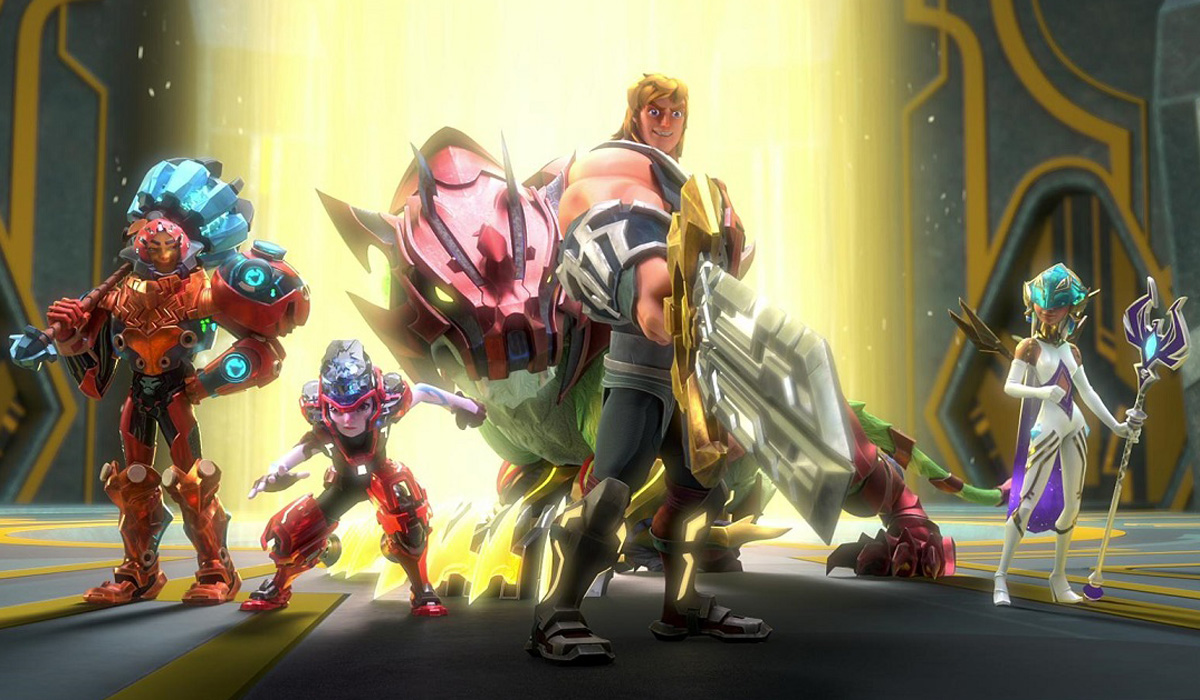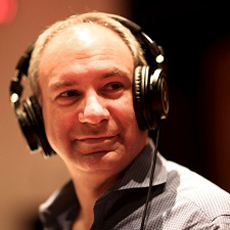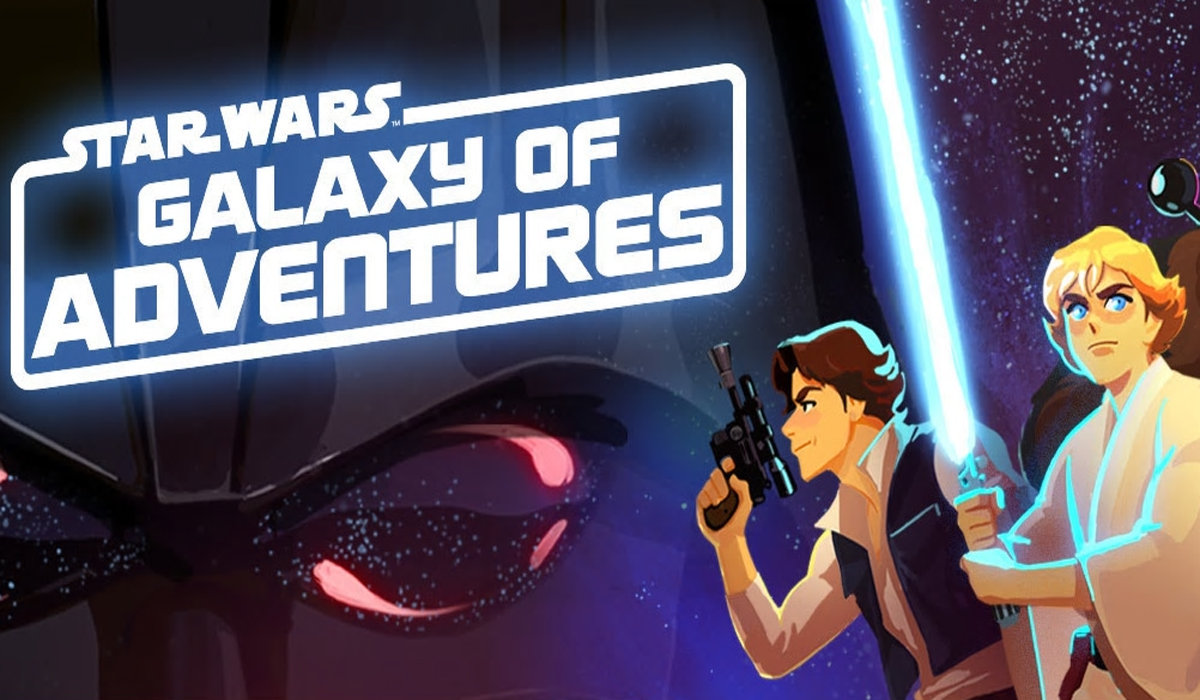 Compared to the realm of film music, animated series music is not that often discussed. However, there are some gems to be found in that domain, too, among which is Michael Kramer’s score for the He-Man And The Masters Of The Universe CG series now available on Netflix.
Compared to the realm of film music, animated series music is not that often discussed. However, there are some gems to be found in that domain, too, among which is Michael Kramer’s score for the He-Man And The Masters Of The Universe CG series now available on Netflix.
Describing that music as a “space opera” is not hyperbole, considering the amount of imagination, culture and talent the composer put in this score.
Raised in Chicago by a master woodworker, Michael approaches each score like a carpenter with a keen eye for craftsmanship. Combining a spirit of inventiveness with meticulous attention to detail, he believes that materials matter, and uses his expansive collection of instruments and cutting-edge technology to craft a score uniquely fitting of each project. A passion for the process of filmmaking lies at the core of his work, and through collaborating with directors and producers, he loves the challenge of guiding a project from the script to the final mix.
Michael Kramer is a two-time Emmy-nominated composer and multi-instrumentalist for film, television, and video games. A graduate of USC’s prestigious film scoring program, he scores the hit Cartoon Network TV series LEGO Ninjago: Masters of Spinjitsu, for which he received a 2020 Emmy Award nomination.
In 2019, Disney Imagineering recruited him to write and produce several tracks for Star Wars: Galaxy’s Edge, the highly anticipated new land in both Disneyland and Walt Disney World. Playing in the “Oga’s Cantina” attraction, one of his featured tracks is a follow up to the iconic “Cantina Song” from the original Star Wars film.
Other TV credits include Disney Gallery: The Mandalorian, Netflix’s Healing Powers of Dude, DreamWorks TV’s Rhyme Time Town, and Disney XD’s Lego Star Wars: The Freemaker Adventures, for which he was also nominated for a 2017 Emmy. On the big screen, Michael’s music can be heard in Furious 7, Thor: The Dark World, and Teenage Mutant Ninja Turtles, on which he collaborated with Brian Tyler. His video game credits include Need For Speed: The Run, Assassin’s Creed: Black Flag, and Assassin’s Creed: Unity.
Obviously no stranger to composing for animated series with sweeping mythologies and larger than life characters, Michael utilized his musical world building acumen to find the perfect vibe for this brand-new take on the classic sci-fi/fantasy franchise.

Animated Views: How did you approach this new take on Masters Of The Universe?
Michael Kramer: I was thinking the other day of this idea of re-creating a beloved franchise, and I was trying to find a metaphor with something in my own language, and the closest thing I could come up with was a song cover. I looked for the best song covers I know, and for me, the best song covers are the ones that stay true to the soul of the song. And at the same time, you’ve got to bring something new to it, something that feels authentic to you, to your voice and to your generation. Otherwise, why re-do it? Then I thought of the cover that Johnny Cash did of “Hurt”, the song by Nine Inch Nails. That was a wild thing: Johnny Cash, the legend of folk, covering the industrial music of Nine Inch Nails! But in the end, they both have a darkness in their spirits and they’re both connected to the soul of the song, yet in different ways and coming from different generations. Hopefully, we did the same with He-Man And The Masters Of The Universe. It’s a different take, a different cover. It’s not the same tone, but it still feels like the original song.
What’s incredible about the MOTU universe and mythology is that it is so vast. So, as a composer, it was simultaneously exciting and daunting because there are so many different characters and the world is so big. I wondered how to support that musically. It took me almost months to sit down and figure out the amount of themes that would be required, how they could evolve with the characters, and what concept each one could represent in addition to its very character. But it was crucial to have that kind of roadmap of the themes before even sitting down at the piano. Rob David was instrumental in that. He helped me choose the episodes where I could use my themes, and in some cases, he advised me to save a theme for later because he knew each detail of the overall show, and that it would be more efficient that way. He was my Gandalf in the scoring process! Jeff Matsuda helped me a lot in that process, too. It’s such a big world and it was so fun to play in it.
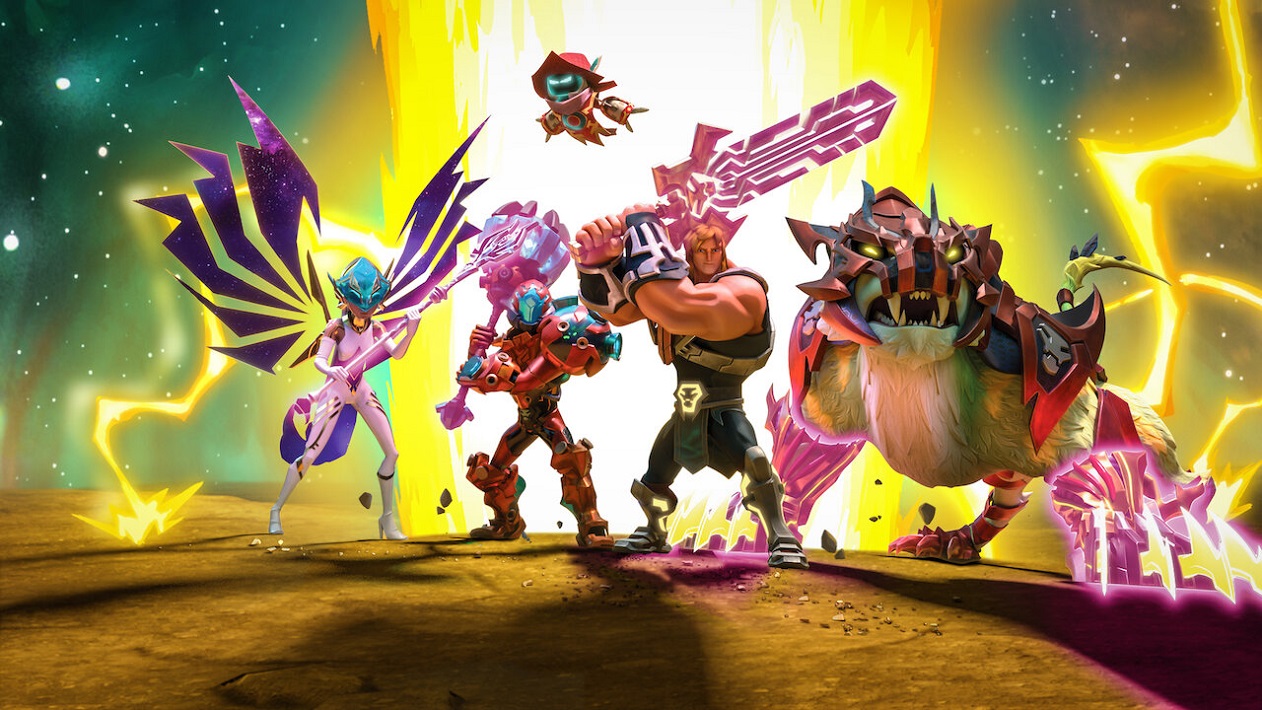
AV: How familiar were you with the franchise before?
MK: I was born in ’83, the year the series came out, so I actually watched the show later in life, but most of all I had all the action figures. I had Castle Grayskull, I had Cringer, He-Man and even the weirder characters like Stinkor. I had a vast imagination in my mind that I filled up playing with those characters as a child. For me, it was very special to work on this project because I had an internal take at what the universe was and I think it was easier for me to re-imagine because I wasn’t so attached to what the original show was. I had seen episodes but I wasn’t a huge, die-hard fan of the show. I was of the characters and the mythology that those characters created. So, it was a unique situation because of that.
AV: What was your attitude regarding the original score of 1983, developed then by Shuki Levy and Haim Saban?
MK: I would say that it’s a very different approach from what they did; but also similar, as it’s a classic scoring, with big themes for when the characters are on screen, in the footsteps of great film composers like John Williams. So, it’s very old-school in the sense that the score of the series is heavily based on themes. I’m first and foremost a melodic composer. I believe in the power of melody. It’s not used as much as it could these days, but when it’s done right, it’s unforgettable. The showrunners gave me so much freedom to use melody in huge ways. There’s just so many melodies in the show. It allowed me to get closer to the characters and follow their arcs. So, the score is really my take as an artist, but at the same time, I tried very much to stay true to the soul of the original score when I can.
Take the original transformation cue. It was written in a very specific musical mode. I didn’t use the original melody, but I did use that same musical mode. So, it feels the same since they’re written in the same musical scale but it’s different at the same time.
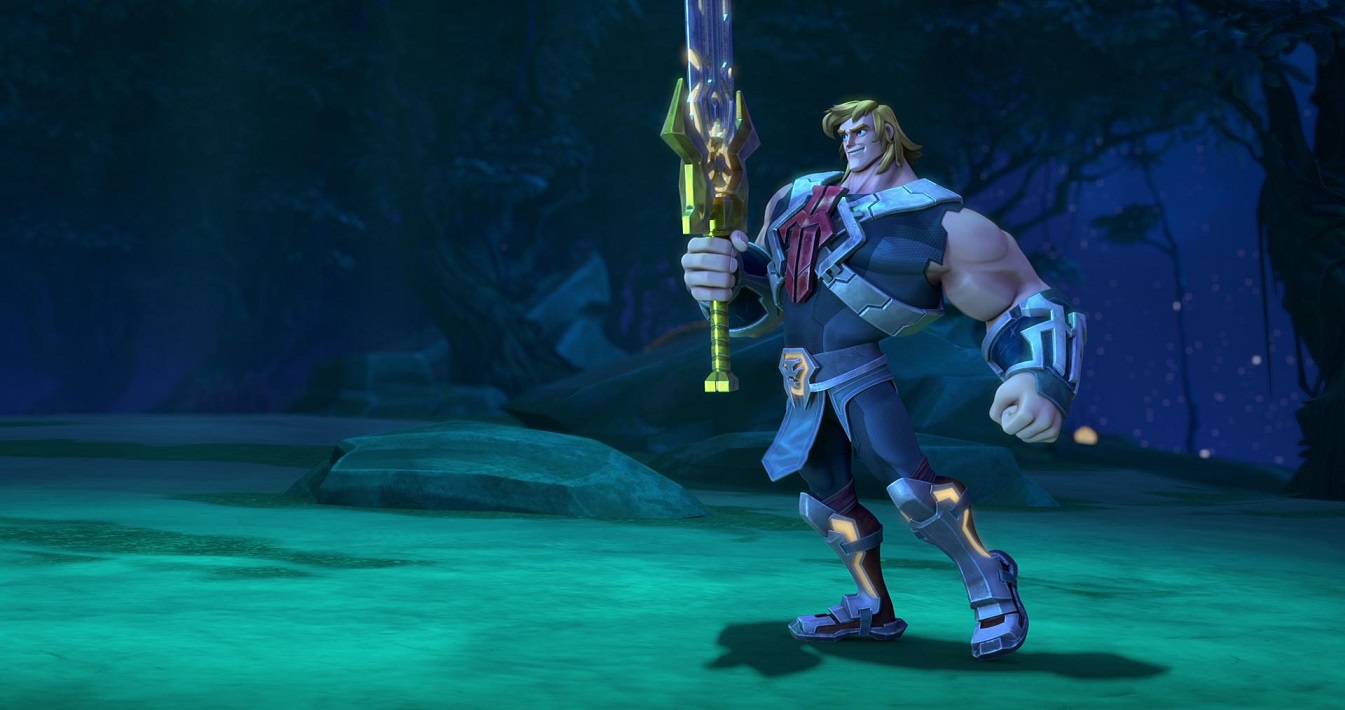
AV: Your take seems very close the original Wagnerian Leitmotiv approach to music.
MK: Absolutely. Traditional film score Leitmotiv is about hearing the theme of a character when he or she appears on screen. What we did here is slightly different. In the series, the melodies not only represent the characters, but they can also represent a concept. For instance, Adam’s theme is the melody for Adam, the melody for He-Man, but it’s also the melody for Castle Grayskull. And in addition to that, the first few notes of the theme make the motive for the sword of power, and the melody itself also represents the idea of power. That means that I’m free to use that melody when Adam isn’t on screen and we’re talking about the concept of power. That allows me to create additional connections in the story in evoking what each melody represents.
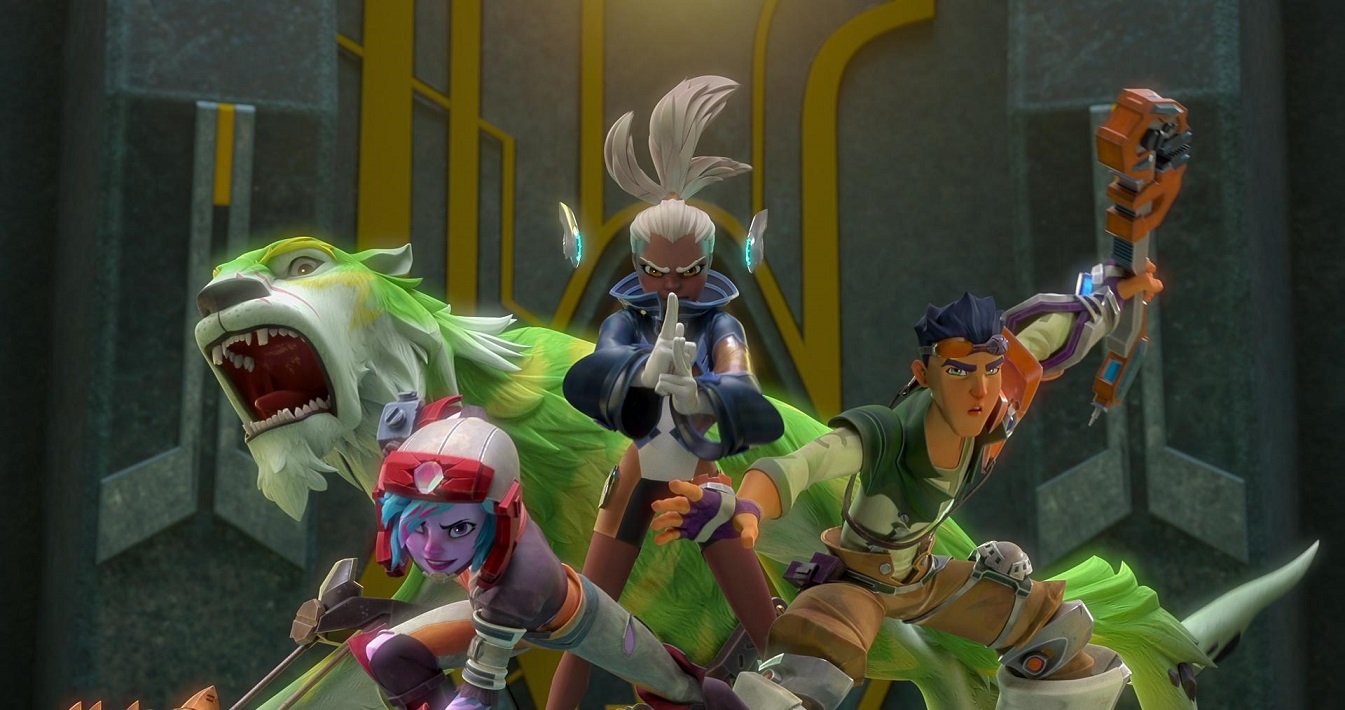
AV: Speaking of concepts, each character represents one power. For instance, Duncan is the Master of Technology and Teela Master of Magic, two opposite domains typically associated in Masters Of The Universe. How did you treat them?
MK: In that matter, it’s more a question of color than a question of melody. For instance, Duncan’s music has very much like a synth-based sound. I have tons of 80s synths which I used for Duncan, because those fun 80s synths vibes capture that sense of technology. For him, I also appealed to a different meter. I mean, usually, for a song, you use a four/four time signature. For Duncan, I used a seven/four time signature. It’s a way to show the complexity of things in his brain.
On the other side, for magic, I wanted to find colors that look ethereal. So, I used much more voice, and bowed instruments. I also did a bunch of experiments, like taking chimes and processing them so that it sounds like stars or the universe, anything that doesn’t look terrestrial, not from this world.
AV: And these two aspects are reunited in the character of Ork-0.
MK: Yes! Ork-0 is the perfect example of magic and technology united in one character. And on the top of that, it was also a matter of trying to find a theme that felt funny, in tune with his personality. In terms of blending many different tones together, that one was maybe the most complex character to treat, but it was great fun.
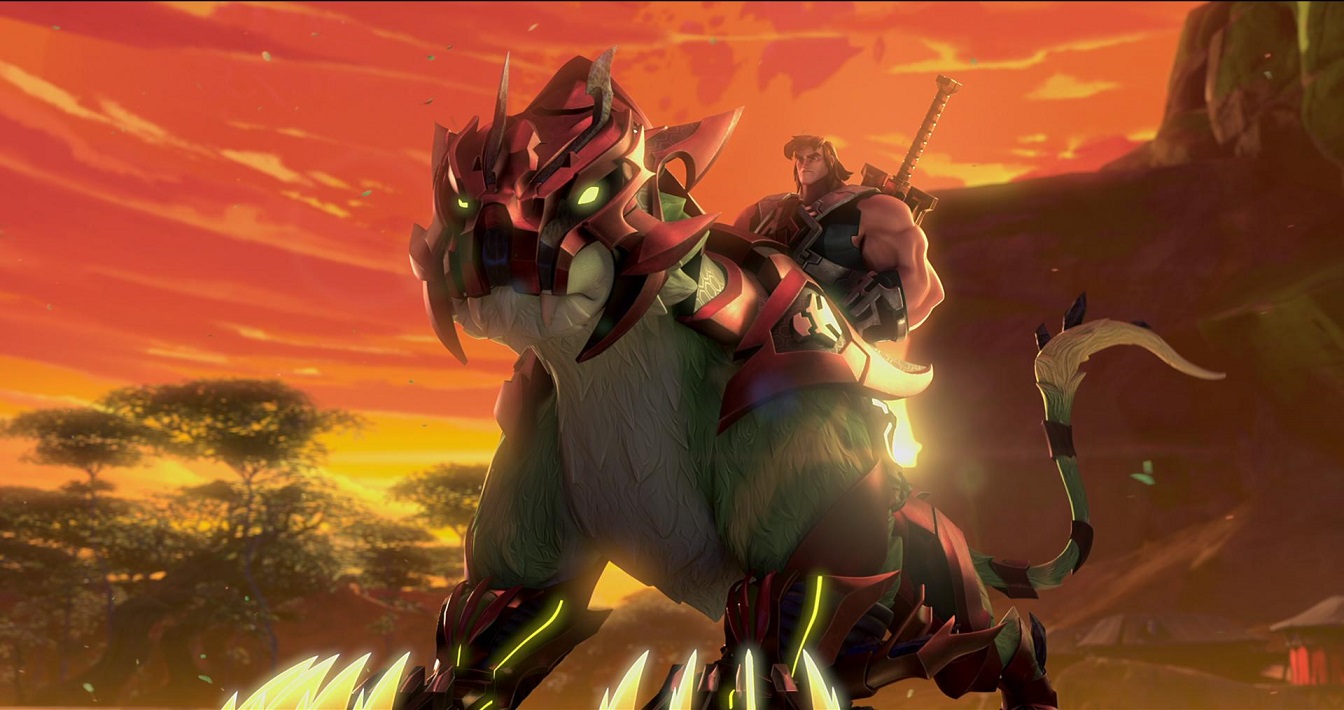
AV: Then we have Cringer, the Master of the Wild.
MK: Cringer was really fun for me because I’ve been scoring Ninjago for more than 10 years now and that score has so much instrumentation from around the world. Pretty much every season, I buy a new instrument from around the world for the show. In my studio, there are instruments from South America, Asia and many more. For Cringer and the tiger tribe, I liked to play on world colors. That was great fun to use that side of my voice as an artist. So, I tried to tap into the sense of wild in creating that wild pattern for the percussion that feels like galloping, and then we processed it. But the other side of the tribe theme is the idea of family. The fun part of that theme was finding a way to marry the idea of something wild, out of control and untamed with a sense of home, of warmth. That helped create a theme that’s really unique.
AV: How did you treat Skeletor?
MK: It was a really fun melody to work on. It’s actually one of the first melodies that I “cracked the code” and I was so happy about it. I wanted the first note of his theme to look like out of place. It has nothing to do with the key of the piece and it feels very disturbing because of that. And from there, the melody climbs and expresses his thirst for power, just like the theme of Scar by Hans Zimmer in The Lion King. The theme goes stronger and stronger as the series goes, and even explodes at some time. For that moment, I screamed myself into the microphone and recorded that! It’s pure evil! It was really fun to create music for that character!

AV: How did you put all these elements together for the recording?
MK: It’s a really large score in terms of palette. It has three buckets, as I call them. One is very classic orchestra, huge and epic, the other is synths and then the third is more world colored and more experimental sound design. All those three required very different tools to accomplish (my goals). For the orchestral sound, it was me and my computer. I have a pretty crazy computer set up with multiple computers here, and this show pushed it to the limit. When we got through the first episode, we were approaching 500 tracks! I was, like, ‘this is just the first episode and I know there’s a lot more to come with new colors. I don’t know if I’m gonna make it!’ On the production side, I was really trying to push the envelope to make the orchestra sound as realistic as possible.
For the synths, I used lots of custom synths from the 80s, Juno and Moog for instance, and also some more modern electronic sounds.
And then, the third bucket, my favorite, is world music and more experimental sounds. That was more me and my team in the studio recording different things and trying to bring more life into the score. For Teela, I used a dulcimer, which you play like a cello with frets and sounds like a viola. For Evil-Lyn, I teamed up with this very talented cellist and had him play most crazy textures and gestures. That’s another aspect of the orchestration of the series. Each hero has its evil counterpart, like Teela and Evil-Lyn. So, I tried to use the same kind of instrument for both of them, like bowed instruments here, but treated differently. Teela’s sound is more wispy, whereas Evil-Lyn is more violent. And that goes for all the characters. Similar colors but they’re like the opposite ends of the spectrum of good and evil.
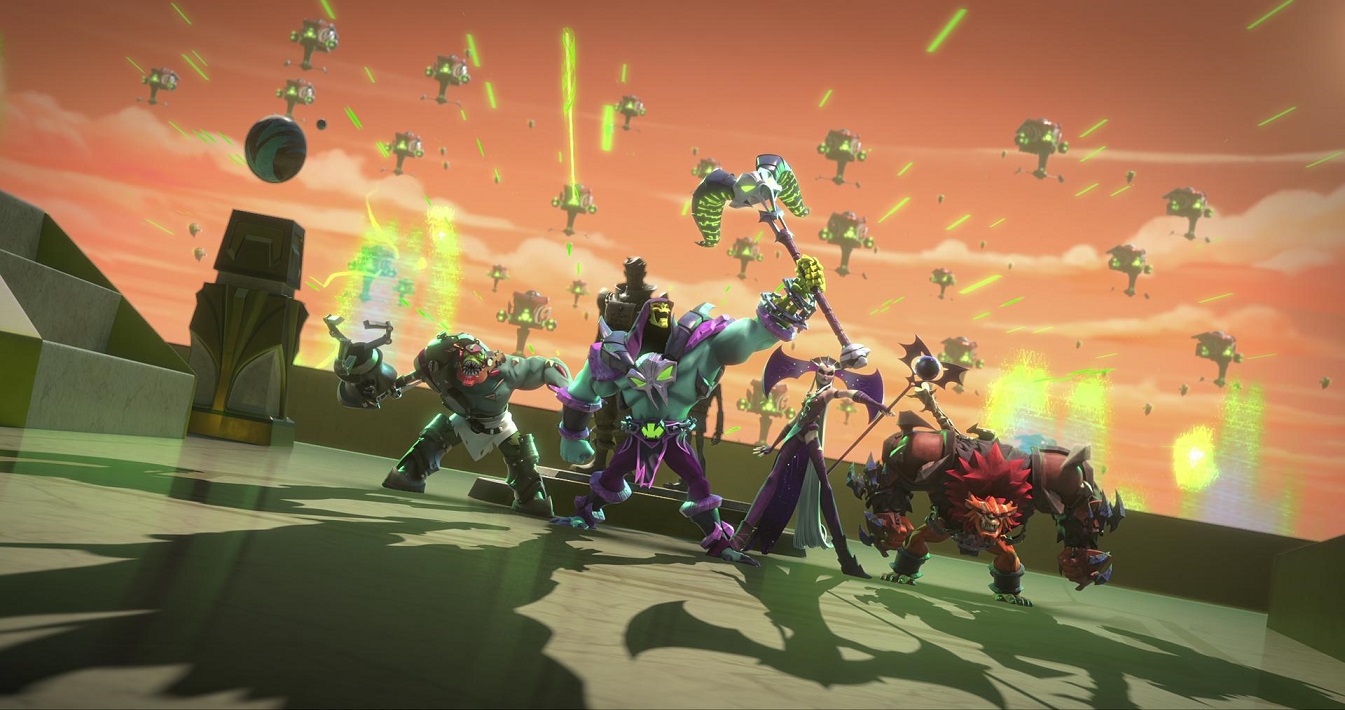
AV: For all these reasons, that score really stands out from anything we’re heard in an animated series!
MK: I am so grateful for this project. It came at a time in my career where lots of things converged at once. Netflix, Mattel and the showrunners gave me the freedom to write and experiment in a way that’s unprecedented in my career. I feel like now I’ve really found my voice. I know who I am as an artist much more clearly.
The reason why I took so much time and care into going so deep with the themes and the colors is that everybody else around me in the show was (doing the same). It was infectious. Be it the showrunners, the story editors, the animators, the layout artists… everybody put so much time, detail and efforts in it. You can see that for instance in the facial animation of the characters. It’s so subtle. Even on the side of the screen, you can see so many details. No one will probably ever notice, but I know it because I watched each scene a hundred times. That level of detail is infectious and makes you want to push yourself and do better.
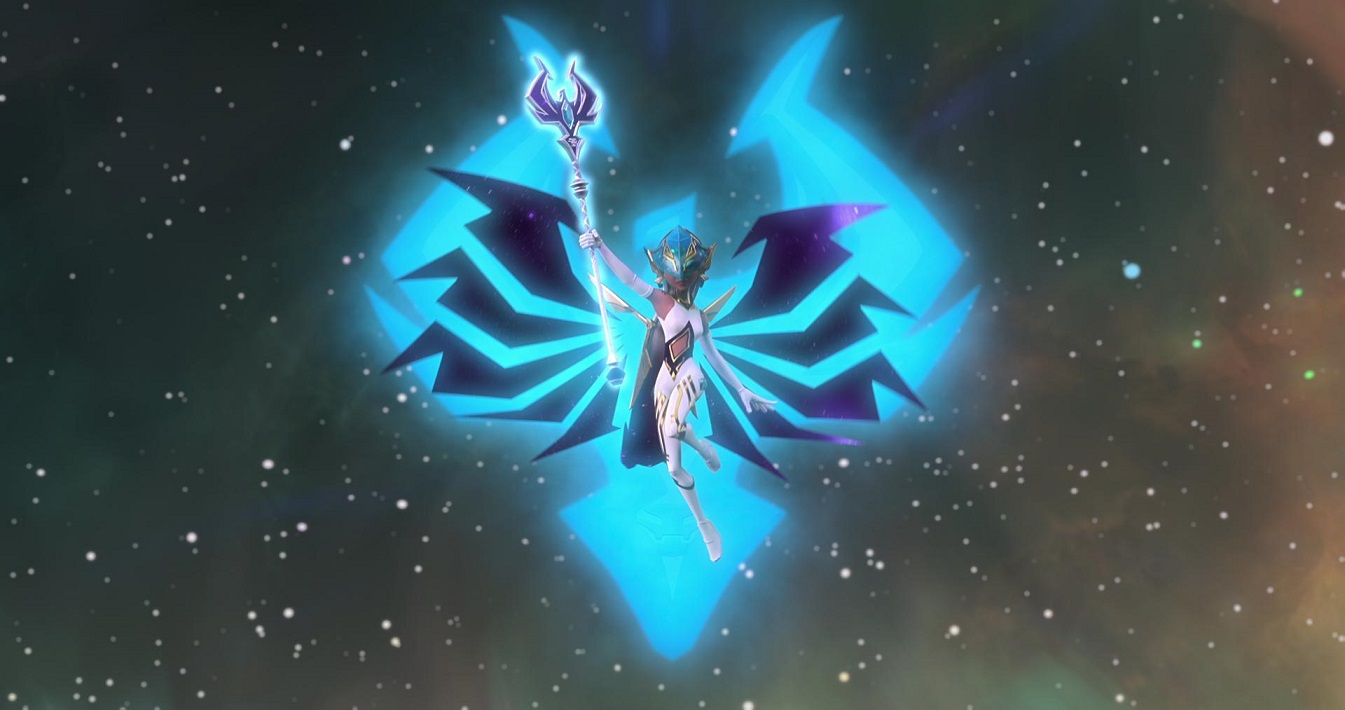
AV: For a series about transformation and coming of age, the journey of the characters seems to have been yours at the same time!
MK: I have thought of this a lot! I really felt like my experience was close to what was going on screen. One of the things that I really love about the philosophy of the show is the idea of teamwork and shared power and it’s one of the life lessons that I really learned from the showrunners. They really entrusted me to do what I do, and I had the same attitude regarding my team. I gave them a lot of trust and they always surprised me. That idea of shared power is very important for our times. That’s also the message of the show for kids: it’s okay to be who they are. The power is already within them. They just need to find it…
Michael Kramer & Ali Dee’s He-Man And The Masters Of The Universe Original Series Soundtrack, Vol. 1 is available to order from Amazon.com!
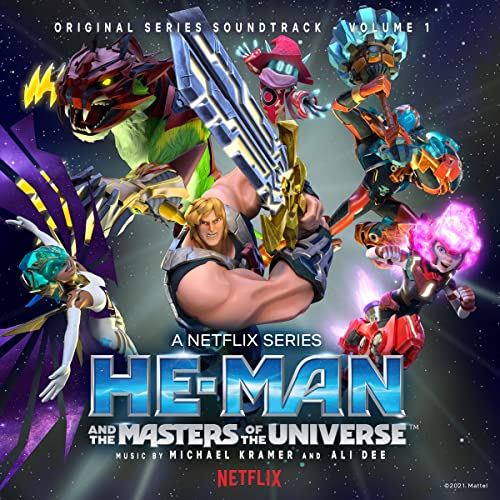
With our deepest thanks to Michael Kramer and Kyrie Hood.


